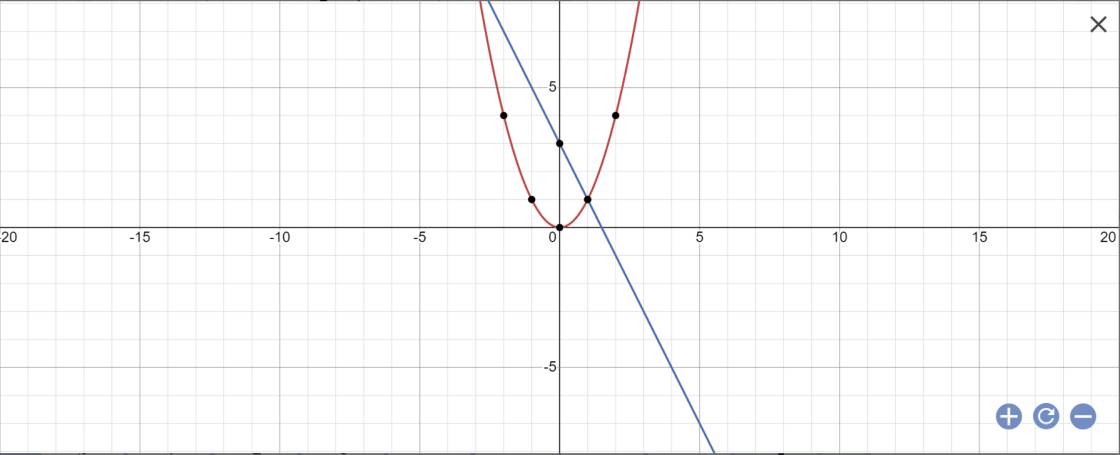Hãy nhập câu hỏi của bạn vào đây, nếu là tài khoản VIP, bạn sẽ được ưu tiên trả lời.

b) Phương trình hoành độ giao điểm của (P) và (d) là:
\(\dfrac{-3}{2}x^2=-2x+\dfrac{1}{2}\)
\(\Leftrightarrow\dfrac{-3}{2}x^2+2x-\dfrac{1}{2}=0\)
\(\Delta=2^2-4\cdot\dfrac{-3}{2}\cdot\dfrac{-1}{2}=1>0\)
Vì \(\Delta>0\) nên phương trình có hai nghiệm phân biệt là:
\(\left\{{}\begin{matrix}x_1=\dfrac{-2-\sqrt{1}}{2\cdot\dfrac{-3}{2}}=1\\x_2=\dfrac{-2+\sqrt{1}}{2\cdot\dfrac{-3}{2}}=\dfrac{1}{3}\end{matrix}\right.\)
Thay x=1 vào (P), ta được:
\(y=\dfrac{-3}{2}\cdot1^2=\dfrac{-3}{2}\)
Thay \(x=\dfrac{1}{3}\) vào (P), ta được:
\(y=\dfrac{-3}{2}\cdot\left(\dfrac{1}{3}\right)^2=\dfrac{-3}{2}\cdot\dfrac{1}{9}=\dfrac{-3}{18}=\dfrac{-1}{6}\)
Vậy: Tọa độ giao điểm của (P) và (d) là \(\left(1;\dfrac{-3}{2}\right)\) và \(\left(\dfrac{1}{3};\dfrac{-1}{6}\right)\)

\(b,\text{PT hoành độ giao điểm: }\dfrac{1}{2}x=-x-6\\ \Leftrightarrow\dfrac{3}{2}x=6\Leftrightarrow x=4\Leftrightarrow y=2\Leftrightarrow A\left(4;2\right)\\ \text{Vậy }A\left(4;2\right)\text{ là giao điểm 2 đths}\)

1:
a: 
b: PTHĐGĐ là:
x^2+2x-3=0
=>(x+3)(x-1)=0
=>x=-3 hoặc x=1
=>y=9 hoặc y=1